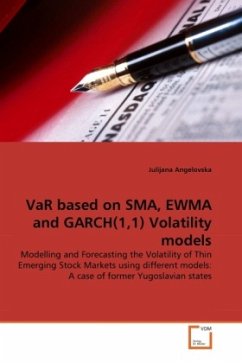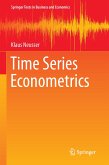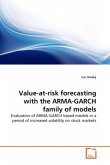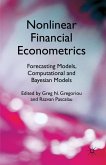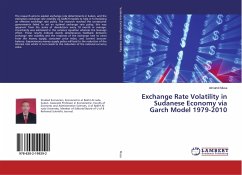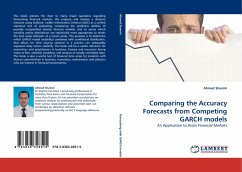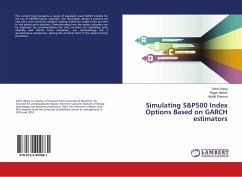Lots of effort has been expended in improving volatility models since better forecasts translate in to better pricing of assets and better risk management. However the question as to what model should be used to calculate volatility, there is no unique answer as different volatility models were proposed in the literature and were being used by practitioners. To answer which VaR model adequately capture the market risk, three VaR models are tested on stock indices from Croatia, Serbia, Slovenia and Macedonia. The tested VaR models are: simple moving average with rolling windows of 50, 74 (proposed by Risk Metrics) and 100 days, EWMA using 0,9, 0,94 (proposed by Risk Metrics) and 0,96 as smoothing constant and different windows of 50, 74 and 100 days, and GARCH(1,1). VaR models are calculated for a one-day holding period at 95% and 99% coverage of the market risk. These competing models are evaluated on the basis of BLF error statistics. The challenge of this work is to come up with the best and easily implementable approach suitable to Former Yugoslavian stock exchange markets, especially for Macedonian and apply time series models for calculating Value at Risk.
Bitte wählen Sie Ihr Anliegen aus.
Rechnungen
Retourenschein anfordern
Bestellstatus
Storno

